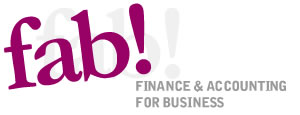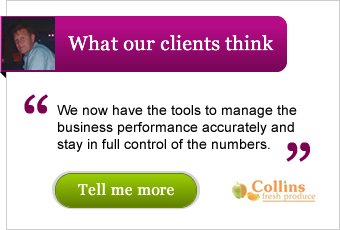Business Plan
A good plan should achieve 3 objectives:
- To test the feasibility of your plan – is it commercially viable?
- To attract the finance you need to make it work – whether it is from family and friends, bank lending or external investors. Use the ‘elevator pitch’ – be able to communicate in the first few lines what your company does and how it does it. Explain how much money you need and how it will be used.
- Once you have a workable plan, with finance in place, it will act as a road map for you and your team setting out where you are going and how you plan to get there.
Your plan should include:
Marketing
If you ask the question ‘what is marketing?’ you will get a number of different answers. Our CIMA definition is ..” the process responsible for identifying, anticipating, and satisfying customer requirements profitably.”
Do your market research. Answer questions like: How large is your target market? How fast is it growing? How is it changing and what are the external factors which have an influence? A lot of market data can be found through the relevant industry associations, Chambers of Commerce, etc. and many local councils have demographic data.
Define your marketing strategy – is it going to be on-line or off-line? On-line is generally easier to test and measure, with tools such as Google analytics. It is important to understand the lifetime value of your customer as that will assist with budgeting a suitable cost of acquisition.
Competition
Who are your competitors and what do they sell? Be aware of barriers to entry – if these costs are low, expect new entrants bringing extra capacity and more competition. What will be your competitive advantage? This could be:-
| Niche: | Useful in a fragmented industry with many small players – find a way to be unique. |
| Cost Leader: | Be the lowest cost producer in the industry – difficult to achieve without economies of scale; not for the faint hearted! |
| Cost Focus: | Concentrate activities to only a segment of the market by selling at a lower cost or providing a differentiated product, to that segment |
HR/Personnel
Who will carry out the work? Draw up an organisation chart detailing each job role and how it covers the functions and key areas of the business. . Include profiles of the business owner(s), founders, partners or officers and what kinds of skills, qualifications and accomplishments they bring to the table. Initially some of the tasks may be out-sourced to a third party. If so, include names of key suppliers or distribution partners.
Financials
The biggie! How much money will your business make? More importantly, when will the cash come in the door?
It is absolutely essential that you include a section containing your financial projections. (if your company already has trading history, include your past financial performance).
A three-year forward-looking profit-and-loss, balance sheet and cash-flow statements are a must, as is a break-even analysis. This will show how much revenue you need to cover your initial investment. This will re-assure lenders, as well as yourself, that the business is sustainable, as well as profitable.








